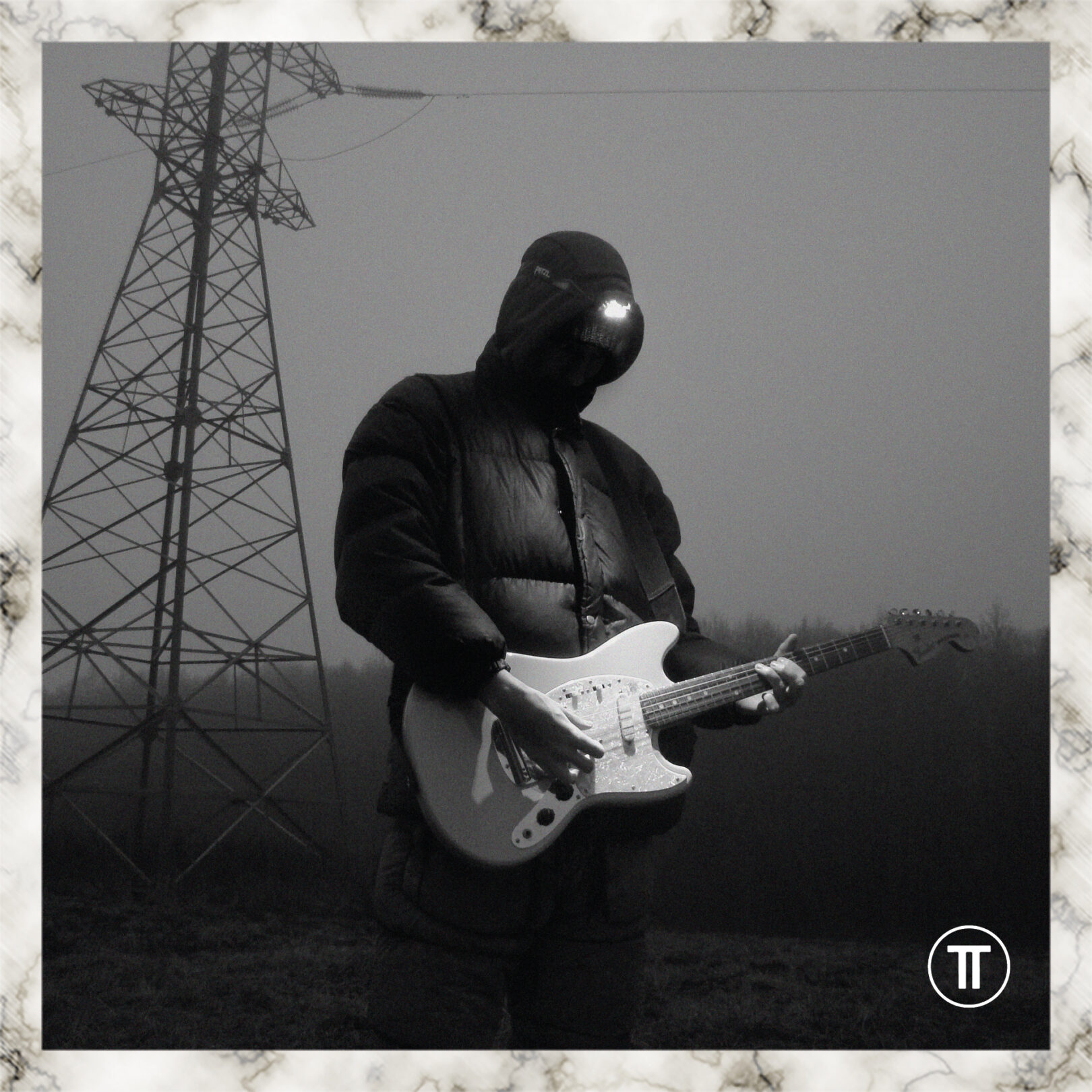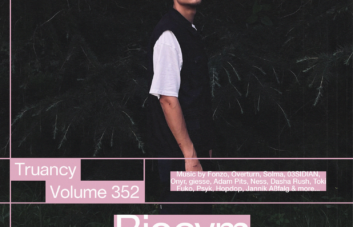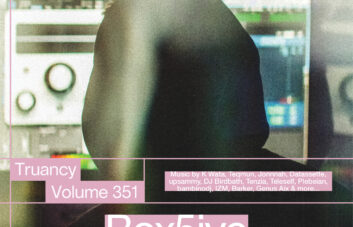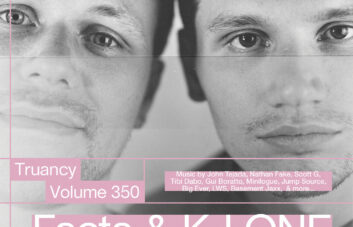When artist Pavel Milyakov, best known for his alias buttechno, first emerged onto the electronic underground in 2015 with his series of evocative techno experiments under the album SPORT, it was as if some new sonic force had been released from ancient permafrost. Like water pulsing its way through a freezing riverbed, his debut album wound through rich layers of organic textures, artfully rendered through brilliantly contrasted synths and resounding bass. In the nine years since its release, Milyakov has been tireless in his pursuit of artistic expression, pushing the bounds of electronic experimentation to expose the raw humanity and emotion at the heart of each release.
The prolific nature of Milyakov’s output is astonishing, with over 30 releases across renowned labels such as The Trilogy Tapes, PSY X, Incienso, and AD 93, in addition to numerous live performances, festival appearances, and diverse artistic collaborations. Across his eclectic discography, Milyakov has explored and riffed on different facets of electronic, punk, ambient, techno, leftfield, and trip-hop to forge endless new combinations of genre-bending styles. While his early releases evoked the isolation and brutalism of the suburbs, Milyakov’s recent move to Berlin has led to numerous new collaborations with like-minded artists, vastly expanding his sonic palette and influences. Strong in his political stances, Milyakov has also continually raised his voice against authoritarian regimes, using his platform to connect fans with donation sites and relevant resources, in addition to distributing much of his own artistic proceeds to charity.
Inspired by the magic of the summer solstice experienced within the nature of north Finland during a 2019 festival performance, Milyakov’s latest EP, Solstice Peaks (released on Kalahari Oyster Cult), bursts with unrestrained energy and brightness. Immersing the listener in a trance-induced dancefloor, the delirious grooves are hypnotic and unforgiving, like a sun that refuses to set. At once highly technical and organically free-flowing, Milyakov’s minimalist approach proves the strength of restraint in service of ultimate impact.
Beyond his formal releases, Milyakov has utilized multiple channels to share his works, including a Patreon full of personal, unreleased productions and performances, and NTS Radio, where his residency has encompassed roughly 200 episodes since 2015. With a distinct and unwavering voice, Milyakov tells a story of musical curiosity and unyielding imagination, historical appreciation and profound admiration. Through decades of Japanese noise and lo-fi techno, psychedelic rock and musique concrète, ethereal breaks and haunting guitar drones, Milyakov vulnerably displays all the layers of his sonic world, inviting the listener to experience the beauty and vastness of electronic music in all its forms.
Offering a glimpse into his recent live sets, Milyakov’s Truancy Volume stuns even in its opening seconds; its droning, distorted feedback filling the air to supernatural effect. Like steady flames licking the night air, the propulsive mix entrances despite its haste, enveloping the listener ever deeper into its rhythmic folds of high-tempo techno experimentation. In its final moments, gleaming breaks pierce through blanketing clouds as a voice contemplates the power of one’s ability to change, inciting the beauty of personal growth and the inquisitive spirit that makes us human. In the accompanying interview, Milyakov shares insights on his artistic journey, delving into his productions, collaborations, political activeness, and diverse musical influences to reveal more of his story and ethos.
Which artists or records, new or old, have captured your attention recently? What was the last record you purchased, and what about its sound drew you in? “Last digital record I purchased was In Spectra by Carrier. Really love Carrier’s minimalistic approach and gritty breaks in the fashion of T++. From the recent purchases I also love the releases by Loek Frey, Floid and Harald Uunk. Included a lot of their tracks to my mix. I also love Toma Kami’s recent release which is in the mix as well.”
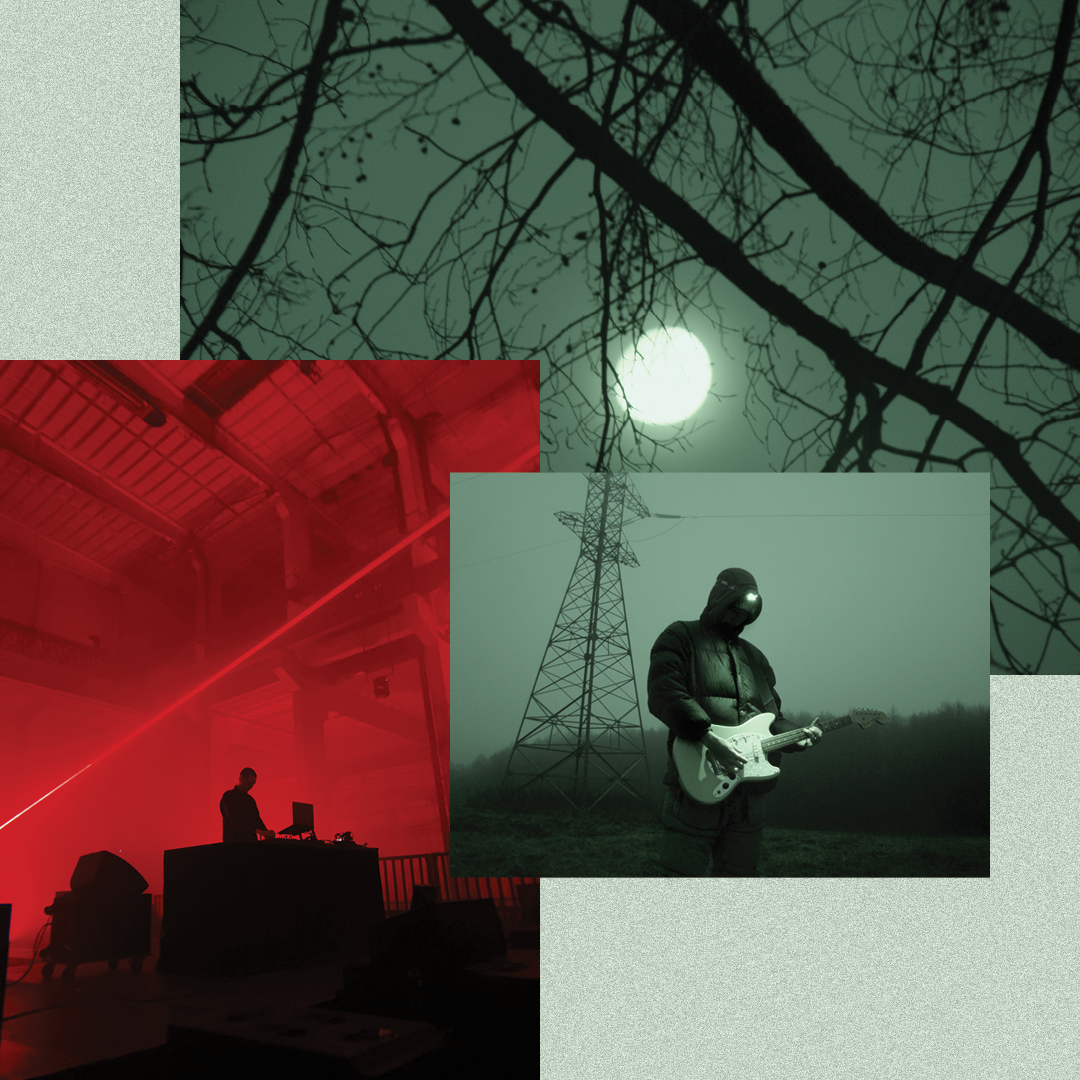
What can you tell us about your new EP Solstice Peaks which is out this week on Kalahari Oyster Cult? We love this pairing and were interested to find out how the EP was formed, what may have been discussed with Rey Colino, and any other influences that went into making these tracks? “This EP consists of 4 tracks that were made in the period of the last 3-4 years and that were a part of my dancefloor-oriented live sets. We’ve been in touch with Rey since 2021 and the draft version of the release was changing with time, the first one was completely different from the final one, which was ready by late 2023. The title refers to the Solstice festival in North Finland, where I performed back in 2019. It resides in a beautiful nature site, where the sun does not go down during the summer Solstice. The experience of performing live music there was truly special. Some of my music, including these tracks, were inspired by the time I spent there.”
Could you describe the evolution of your sound over the past decade? And how you feel this EP sits alongside your previous work. “I can’t tell how exactly my sound evolved over the decade, to be honest I don’t see it as a straightforward timeline. I made completely different sounding albums over the years so I’d say that it’s more like a different states of my music rather than a directional timeline. For instance Solstice Peaks lies on a territory of minimalistic dancefloor tools, while some of my other projects, like the ones with Yana Pavlova or Bendik Giske, lie on completely different grounds: experimental jazz, trip-hop, electroacoustic music. So for me it’s more about exploring completely different directions rather than evolving some particular sound or genre.”
The layered, often dense and intricate, textural effect of your mixing and productions feels like a signature aspect of your sound — is this intentional? Is it meant to emphasize the sparser moments? “I use re-amping techniques such as recapturing the mix or some parts of it through a speaker or a guitar amplifier. It adds a very special texture and volume to the sound.”
Do you ever feel pressure to always present original ideas? How do you maintain authenticity in the face of deadlines and expectations? “I just work on my projects as much as I can and try to bring my ideas to life as much as it is possible.”
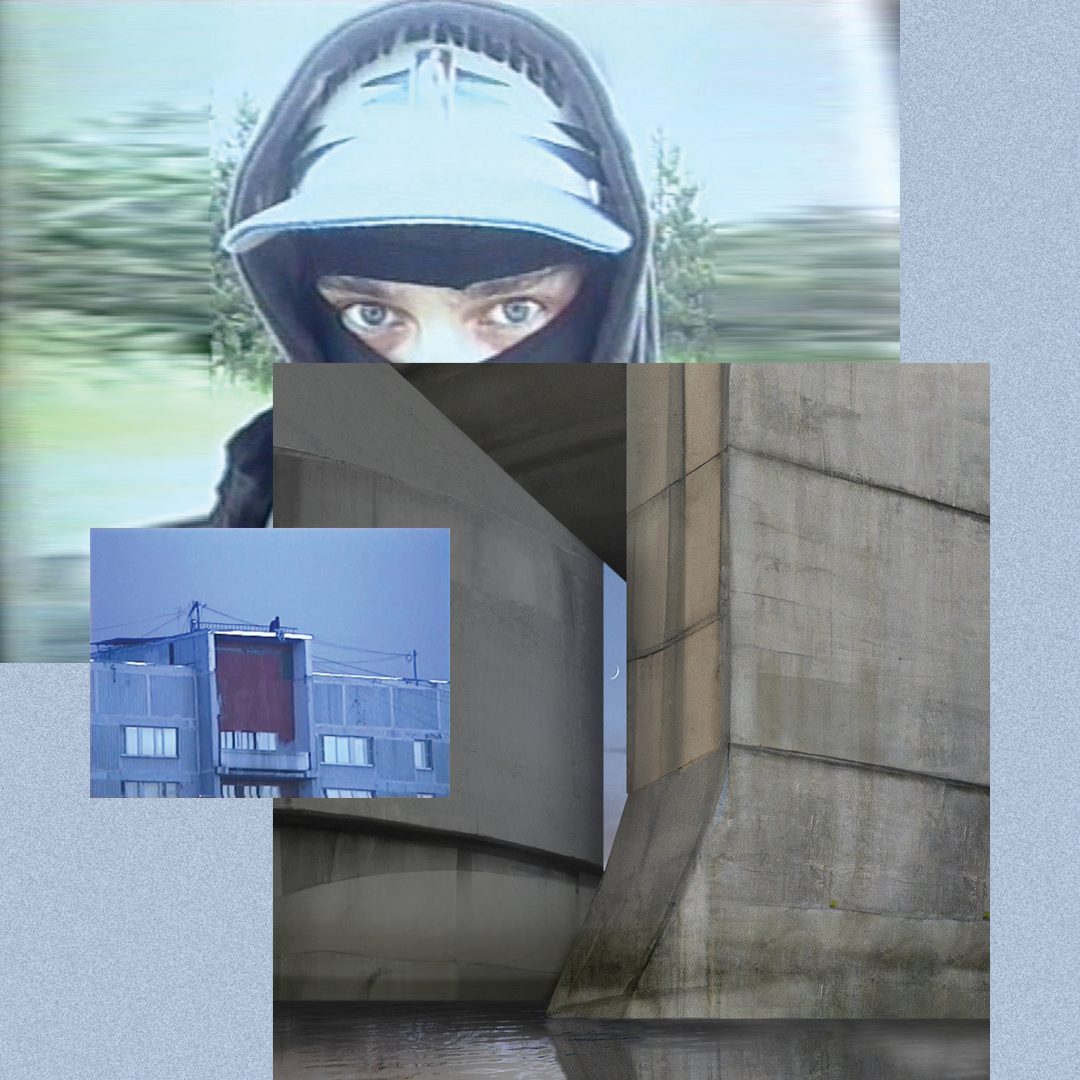
What have your artistic collaborations revealed about your own artistic process? Have you adapted any methods or techniques from your collaborations into your personal approach to production? Are there collaborations with any particular artists you would like to explore in the future? “I love working together with other artists and it always helps me to see the process of music creation from a different angle. My forthcoming release under “Pavel Milyakov” alias is all about collaborative works. It will include tracks that we made together with Martyna Basta, Richie Culver, Torus and Yana Pavlova. It will be out in the late summer and is already up for pre-order.”
Your productions have often emanated a cinematic, sci-fi feel, even referencing the score from “Stalker” in your track “east” — could you describe your relationship with film and how it may influence your art? “I studied in a film school so cinema has a big influence on what I am doing in sound. Mostly in terms of applying different concepts onto different media and methods of practice. I love the Deleuzian concept of “movement-image” from his 1983’s book “Cinéma”: “Images are not described in a unique moment; rather, the continuity of movement describes the image. In this respect, cinema embodies a modern conception of movement, “capable of thinking the production of the new,” as opposed to the ancient conception of movement as a succession of separate elements where “all is given.” This could also be applied to sound, where the lively movement or the groove is more valuable and much harder to achieve than just focusing on the separate parts of the production: the quality of samples, notes, gear, etc. Of course the quality of samples or particular tuning (or de-tuned) scale could also be a core of the concept, so it depends.”
How do the concepts of punk music influence your work? “The concept of raw guitar music influences my works a lot. My music journey started from listening to and performing noise/punk music in my teenage years. Raw, loud, overdriven guitar is about experiencing complete freedom. Just like Boris’s Absolutego album or Keiji Haino’s performances.”
When did you first perform your music live and how would you compare that experience to your most recent live set? What have you learned as an artist and performer over the last decade? When did you first begin using live instrumentation in your electronic productions, and what was your impression of the sound? What role does the guitar play in your works? “First time I performed live was back in 2010 in a punk duo: just me and my friend. I’d say the main thing that changed since those times is that for the last 6 years I perform sober. All the other stuff like technical details for sure changed, though it does not really matter. The result is sometimes much more interesting when you are not very familiar with the instrument and trying to figure it out in the process. There should always be room for improvisation and unpredictability.
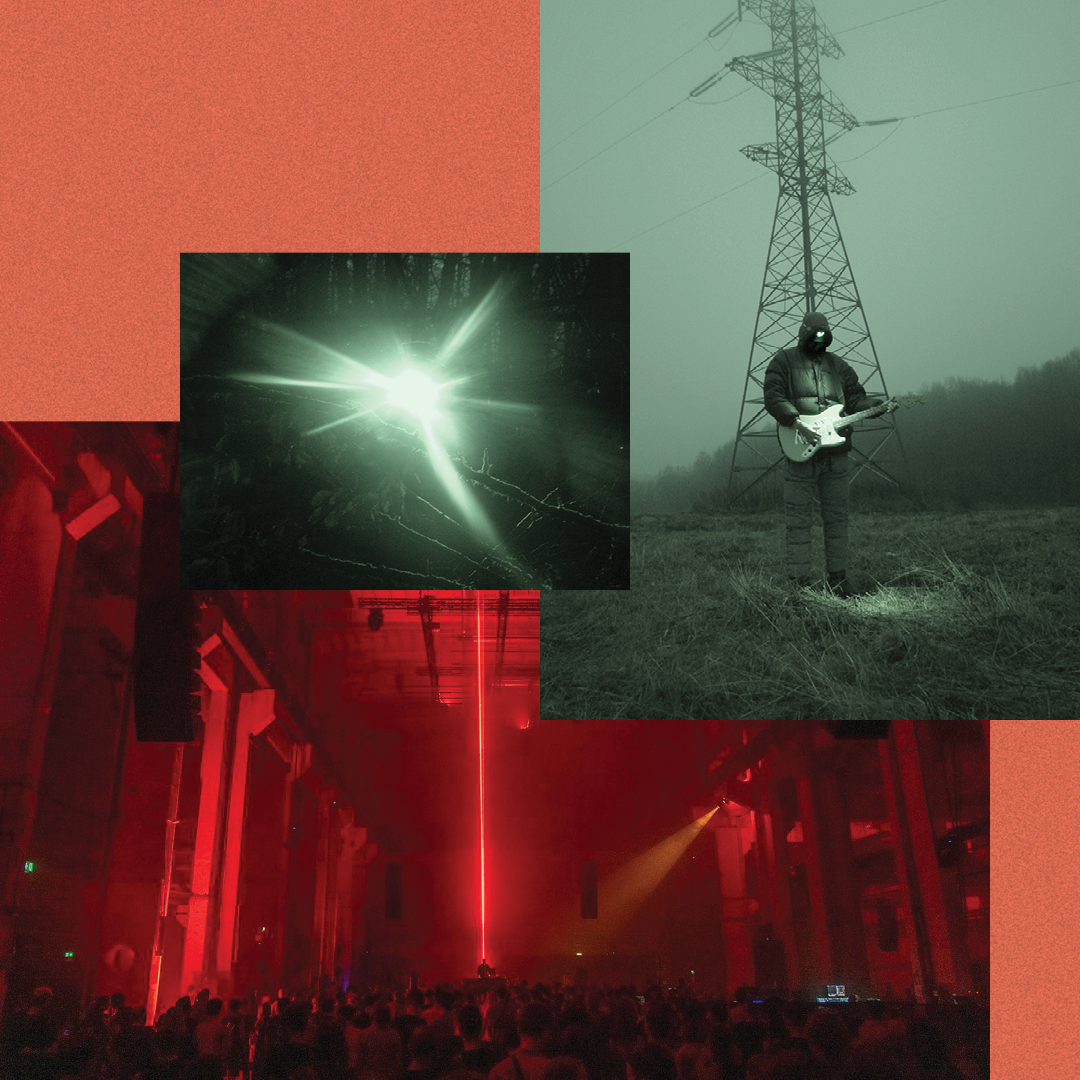
Guitar plays a significant role in my works, mostly in the “Pavel Milyakov” project. I use it both in the recording and live performances and also in my collaborative works such as with Bandik Giske or pmxper, our recent collab with Perila. I also use some background guitar noises and feedbacks in “buttechno” tracks.”
What’s the most moving live performance you’ve seen? Could you set the scene for us and describe your reaction? Which artist, living or dead, do you wish you could see perform? “I really enjoyed Blackhaine’s recent gig at Berlin Atonal 2023, a great performative act. Loraine James’ live a/v set was really cool. Lee Gamble’s live at 2022 Atonal dedicated to Iannis Xenakis was great. Loved Jules Reidy’s live performance at Silent Green. Was lucky to see Autechre live in 2022 — it was the loudest gig I ever visited, also absolute darkness. From the recent ones I enjoyed Evol live at Volksbuehne Roter Salon and HTRK in Globus.
From those whose live performances are impossible to hear now I’d love to see Spacemen 3, Les Rallizes Dénudés and International Harvester.”
Do you think studying graphic design has influenced your approach to production? What role do visuals play in your work? “It definitely played a significant role. I try to create all of the cover artworks myself whenever it is possible. For me the sound, images and other media used in the album presentation always work together.”
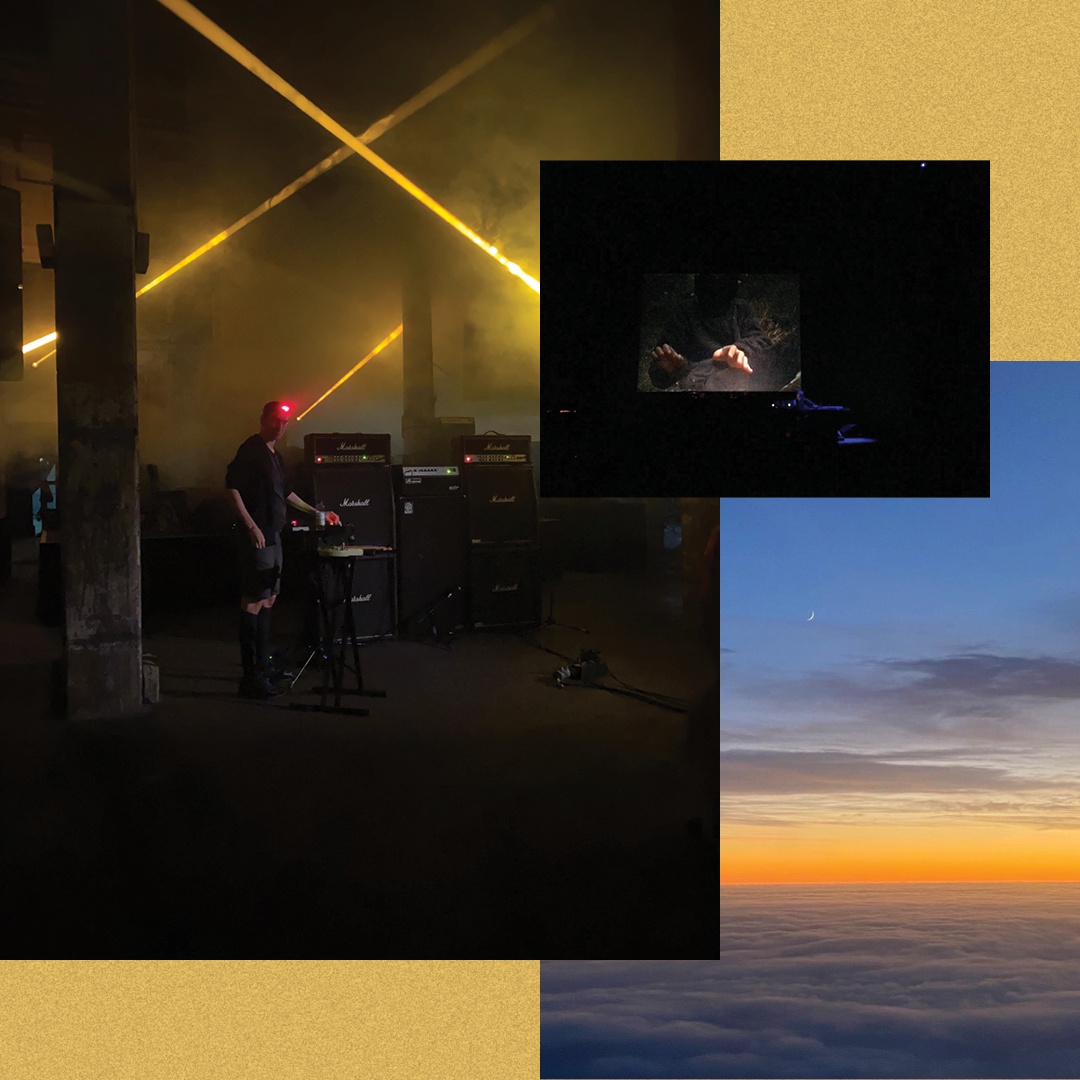
How has your transition to Berlin affected you? Have you found more like-minded activists in your new home? “Political activism and civil society in Berlin is much stronger than in an authoritarian state like Russia. There is much more freedom here, although there are still a lot of challenges to overcome in order to maintain the freedom of expression and right to protest. In general most people see the dance music scene as a way to escape the reality and “just have fun together” without acknowledging any responsibility. It is important to loudly speak about the roots of electronic music which came from the oppressed and marginalized communities. It is important to know that it was always about the fight against imperialism, bigotry and commercialization and about fighting for the rights of minorities and marginalized groups. As an artist who belongs to this scene I feel my responsibility to at least acknowledge all these things and act accordingly, rather than being just a commercial “entertainer.”
There are many ways to help Ukraine, from direct donations to dedicated funds and volunteers to simply purchasing the music of Ukrainian artists and record labels, many of whom are defending their homeland from the occupiers on the frontlines now.”
What are some of your favorite artists or labels you think more people should be aware of? What about their sound or ethos inspires you? “Many of them. I think it’s better to leave a few links to those of them which are less known and let people dig it by themselves, there are many cool artists there:
Muscut, great Ukrainian label
3XL, one of my faves out there
Superpang, the best of the experimental sounds, soo many artists and records to explore!
Warm Winters, sick label from Bratislava
Index Records
FELT
Omen Wapta
Archaic Vaults
Mappa
Participant
Kavari
AYA
HMOT
Undo Despot
Beyond music, what inspires you day-to-day? How do you unwind or reset? “I love visiting nature sites, though I haven’t been able to do so for a long time.”
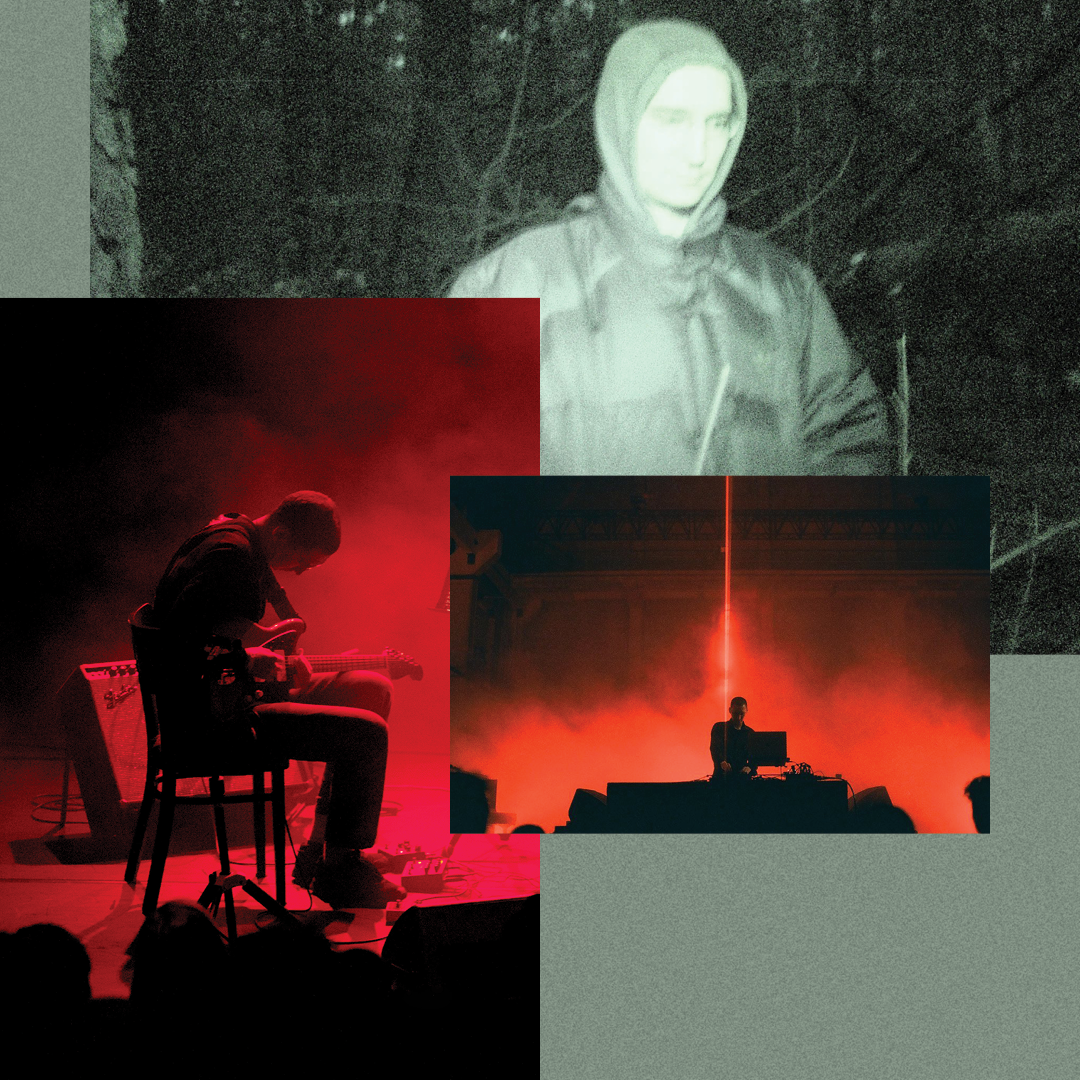
Your political outspokenness has been an inspiration to many — what message would you give to artists who fear speaking out due to potential backlash? “If you keep silent today, then in the future you might easily lose your right to protest and other freedoms that you are privileged to have in your country. Silence means irresponsibility and indifference. Music is always political. One’s public actions are also always political, even if one is not an outspoken political activist. If you go and perform to the occupied territories or to the occupier state — that is itself a political action which says a lot, and which will have consequences. You also can’t divide music from the environment in which it was created, which means that everything, from the methods of production to music scales and lyrics are subject to politicization in one or another way, because everything is affected by social, historical and political context in the given society. Just look into the history of techno music. There is a great book by DeForrest Brown, Jr. called “Assembling a Black Counter Culture” — I recommend it to everyone who works in the field of music, especially electronic music.
Can you tell us about three albums that represent:
a) your initial attraction to electronic music
Autechre — Amber + BOC — Music Has the Right to Children
Recorded together on the same tape, they were the ones that got me into “electronic” music
b) a time when you were fully invested in DJing
Escape Force — L1/L2/L3
Huge inspiration at the time and still. Also my first vinyl purchase.
c) your recent interests? What makes these albums special?
Maxime Denuc — Nachthorn
Everything that I love in one place — organ, simple rhythmic structures, space. stunning record.
What sort of other hobbies or interests do you have outside of electronic music? Are there any books, films, shows or other things you’ve seen or been reading/watching that you might want to share? “For example this one by Mark Fell. Urbanomic has a lot of great books. Again, I highly recommend DeForrest Brown, Jr., “Assembling a Black Counter Culture”. This one is a cool diary by Patrick Cowley.”
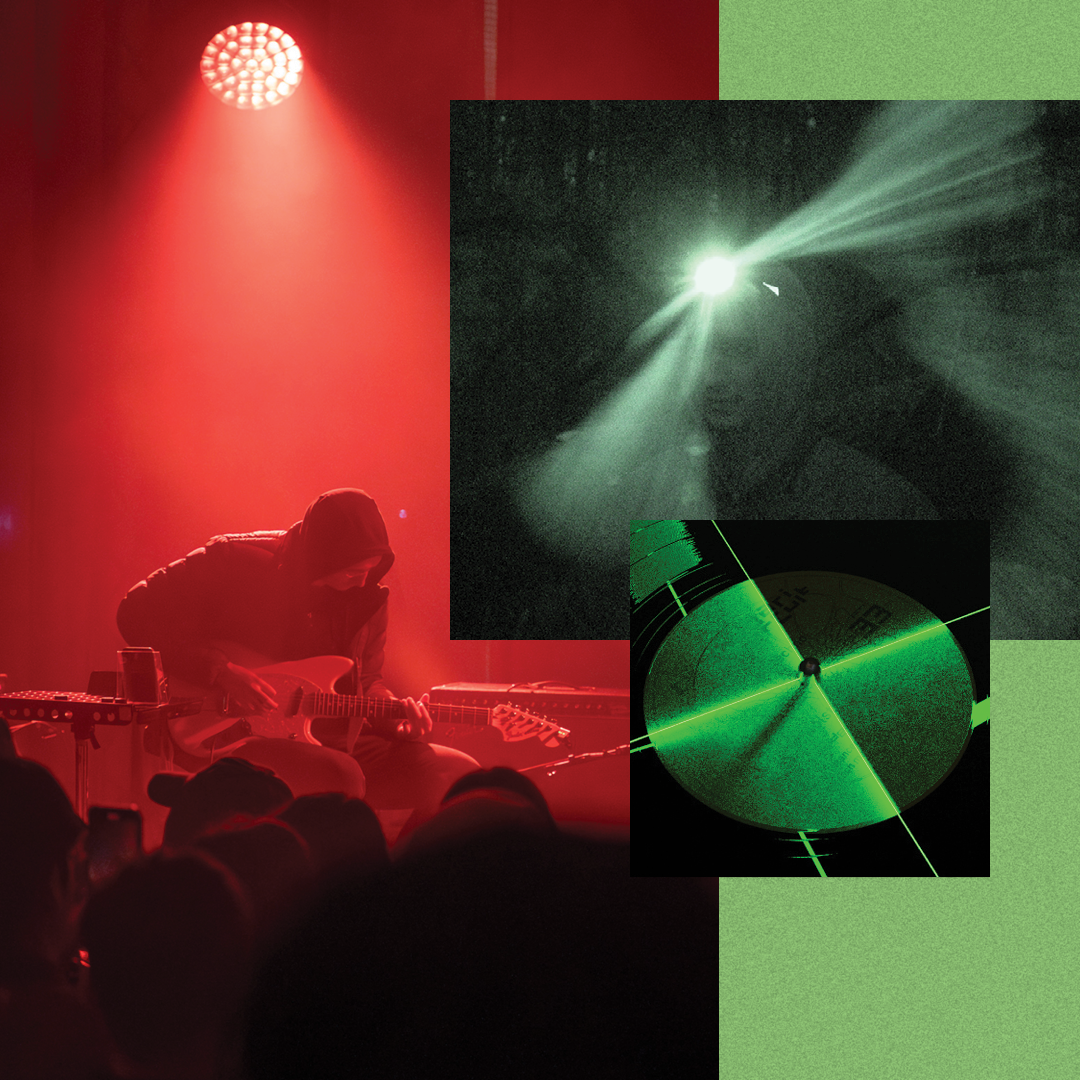
Could you describe the process of creating this mix? Was there a specific message or feeling you wanted to convey? “This mix is a collection of tracks that I listened to and played in my sets in the last months. Despite being relatively fast, around 145 bpm, somehow it does not feel that speedy at all. It’s rather more hypnotic and deep, pivoting to some blissful breaks in the end.”
buttechno/pavel milyakov: Bandcamp, Instagram, Linktree, Patreon, Soundcloud
Photos by Oleksandra Trishyna, Helge Mundt, Martin Argyroglo, Pierre Zylstra (@oleksandra_tris_photography , @studiomundt, @martinargyroglo, @pierrezylstra)
You can download Truancy Volume 329: buttechno in 320 kbps and view the full tracklist on Patreon here. Your support helps cover all our costs and allows Truants to continue running as a non-profit and ad-free platform. Members will receive exclusive access to mixes, tracklists, and discounts off future merchandise. We urge you to support the future of independent music journalism — a little goes a long way.

